Siwei Peng
ILGNet: Inception Modules with Connected Local and Global Features for Efficient Image Aesthetic Quality Classification using Domain Adaptation
Apr 29, 2018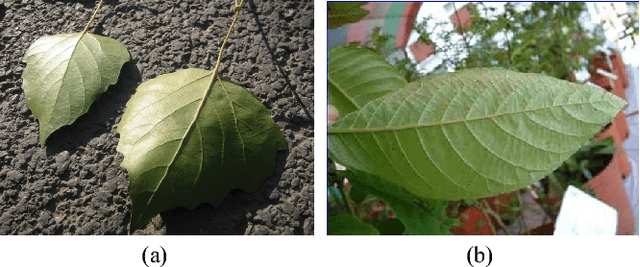
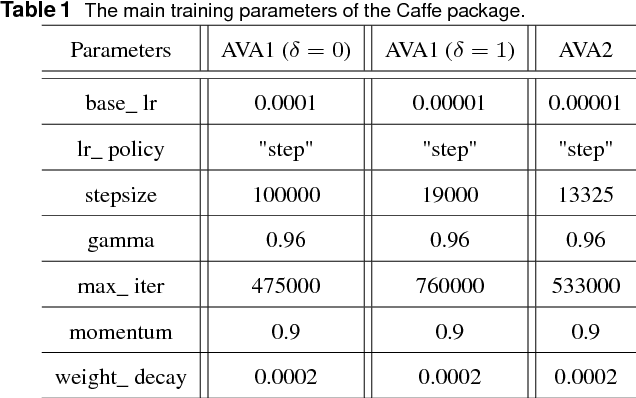
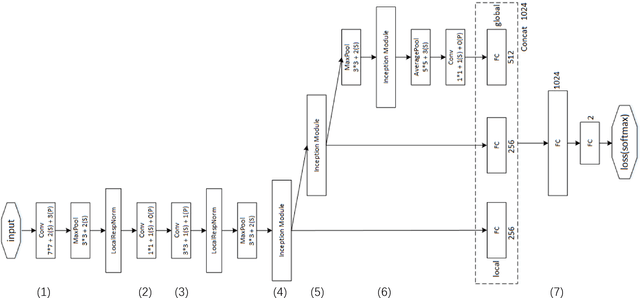
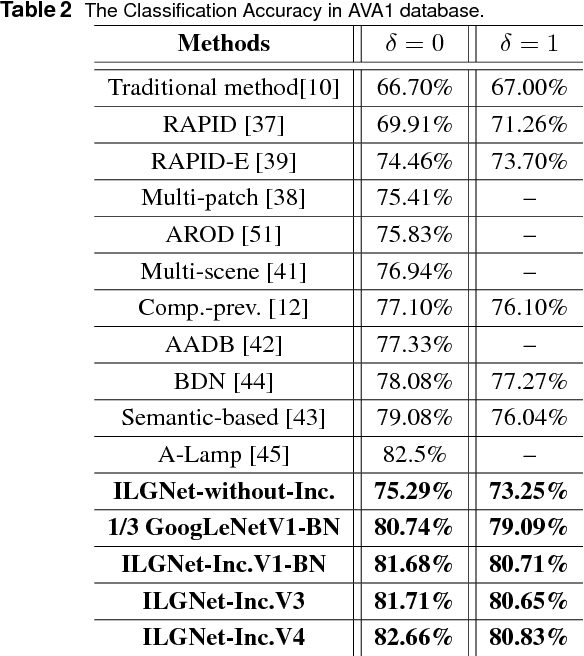
Abstract:In this paper, we address a challenging problem of aesthetic image classification, which is to label an input image as high or low aesthetic quality. We take both the local and global features of images into consideration. A novel deep convolutional neural network named ILGNet is proposed, which combines both the Inception modules and an connected layer of both Local and Global features. The ILGnet is based on GoogLeNet. Thus, it is easy to use a pre-trained GoogLeNet for large-scale image classification problem and fine tune our connected layers on an large scale database of aesthetic related images: AVA, i.e. \emph{domain adaptation}. The experiments reveal that our model achieves the state of the arts in AVA database. Both the training and testing speeds of our model are higher than those of the original GoogLeNet.
Predicting Aesthetic Score Distribution through Cumulative Jensen-Shannon Divergence
Nov 20, 2017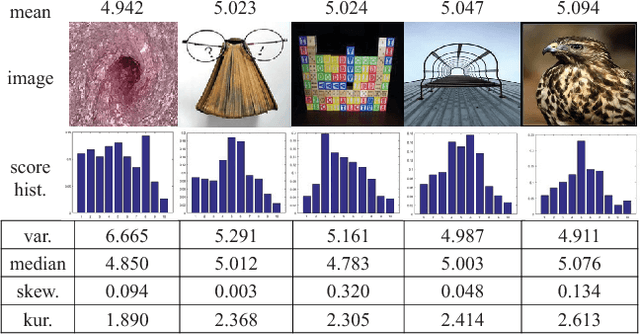
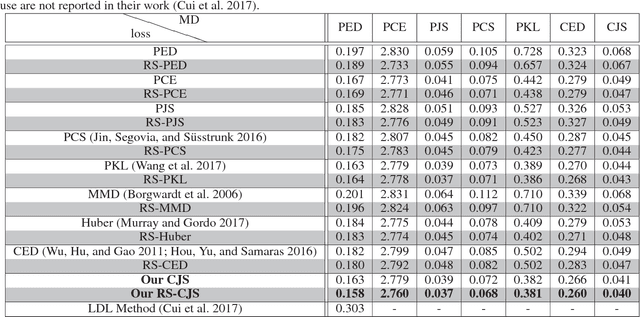
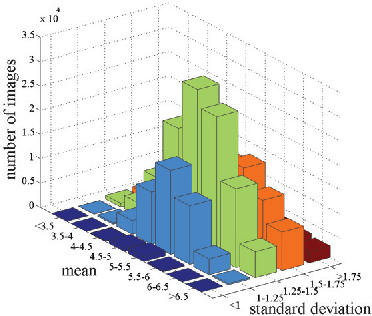

Abstract:Aesthetic quality prediction is a challenging task in the computer vision community because of the complex interplay with semantic contents and photographic technologies. Recent studies on the powerful deep learning based aesthetic quality assessment usually use a binary high-low label or a numerical score to represent the aesthetic quality. However the scalar representation cannot describe well the underlying varieties of the human perception of aesthetics. In this work, we propose to predict the aesthetic score distribution (i.e., a score distribution vector of the ordinal basic human ratings) using Deep Convolutional Neural Network (DCNN). Conventional DCNNs which aim to minimize the difference between the predicted scalar numbers or vectors and the ground truth cannot be directly used for the ordinal basic rating distribution. Thus, a novel CNN based on the Cumulative distribution with Jensen-Shannon divergence (CJS-CNN) is presented to predict the aesthetic score distribution of human ratings, with a new reliability-sensitive learning method based on the kurtosis of the score distribution, which eliminates the requirement of the original full data of human ratings (without normalization). Experimental results on large scale aesthetic dataset demonstrate the effectiveness of our introduced CJS-CNN in this task.
 Add to Chrome
Add to Chrome Add to Firefox
Add to Firefox Add to Edge
Add to Edge